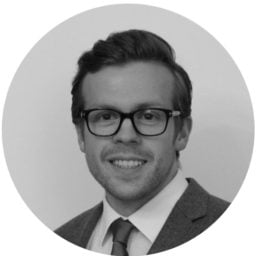The Auschwitz-Birkenau museum at the notorious former Nazi concentration camp currently highlights over 2,000 artworks created inside various camps. In an environment in which uniformed and numbered prisoners were stripped of their individuality and personalities, art offered an opportunity for the incarcerated to reclaim their identities.
Franciszek Jaźwiecki was an artist and a political dissident imprisoned at Auschwitz. He drew over 100 portraits of fellow prisoners during his incarceration. Agnieszka Sieradzka, an art historian at the Auschwitz Birkenau State Museum told CNN that although the subjects of the portraits are all of different ages and nationalities they share a common characteristic.
“The most interesting in these portraits are eyes. A very strange helplessness,” she says. “Prisoners created portraits because the desire to have an image was very strong.”
Sieradzka said that she believes Jaźwiecki was acutely aware of the historical significance that his portraits would gain. The majority of the drawings include the subject’s prisoner number, which the artist included in order to help identify the individuals in the drawing. The Nazis prohibited drawing, and artists risked severe punishment, including death, for documenting their surroundings.
“Some would be surprised that art existed in a place like that, in a place with crematories, but art was especially needed here behind the barbed wire, because the art could save a part of their human dignity,” Sieradzka explained. “The art was a hope for a better future. The art was escape from the brutal reality of the camp to another, better world.”
See some of the portraits below.
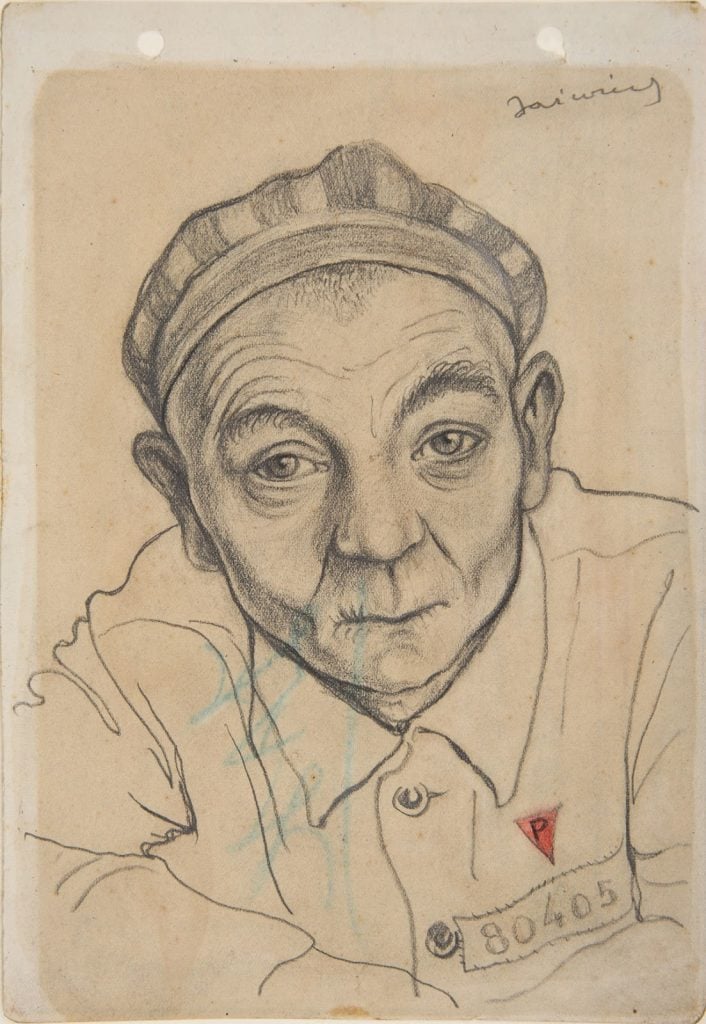
Franciszek Jaźwiecki, Portret Piotra Kajzera (Portrait of Piotr Kajzer), Buchenwald 1944. Courtesy of the Auschwitz-Birkenau State Museum.
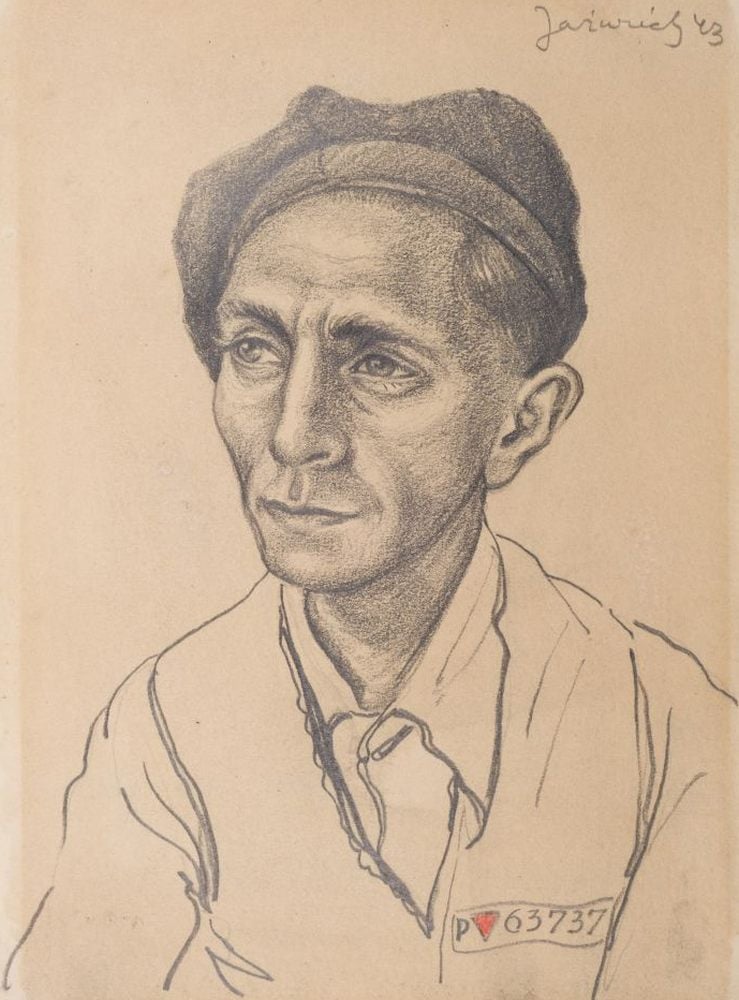
Franciszek Jaźwiecki, Portret Daniela Boguszewskiego (Portrait of Daniel Boguszewski), Auschwitz, 1943. Courtesy of the Auschwitz-Birkenau State Museum, A-BSM Collection.
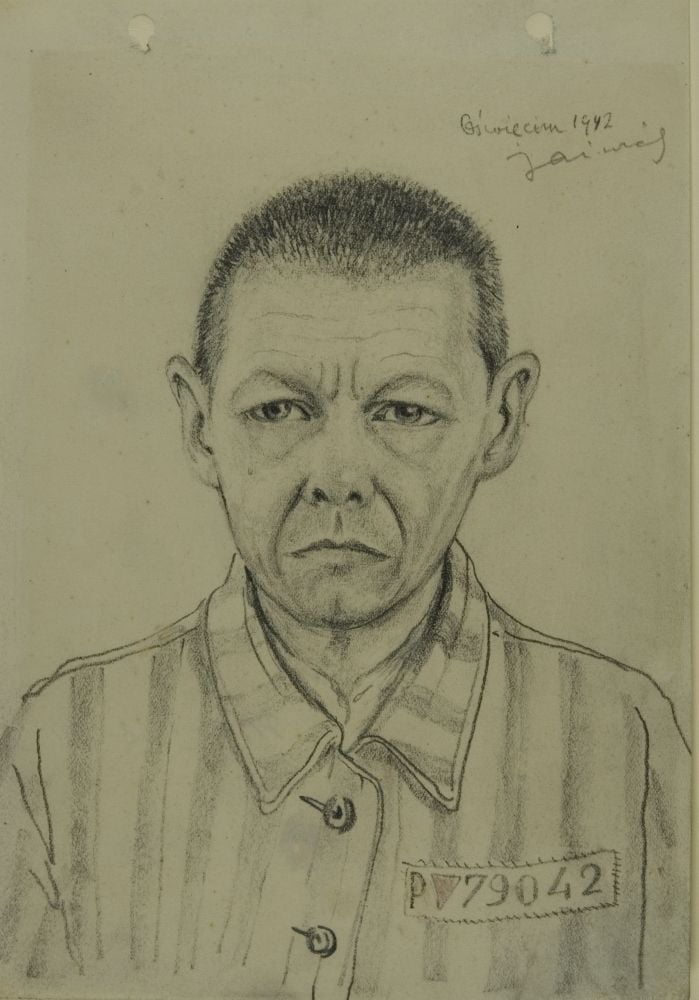
Franciszek Jaźwiecki, Autoportret (Self-portrait), Auschwitz 1942. Courtesy of the Auschwitz-Birkenau State Museum.
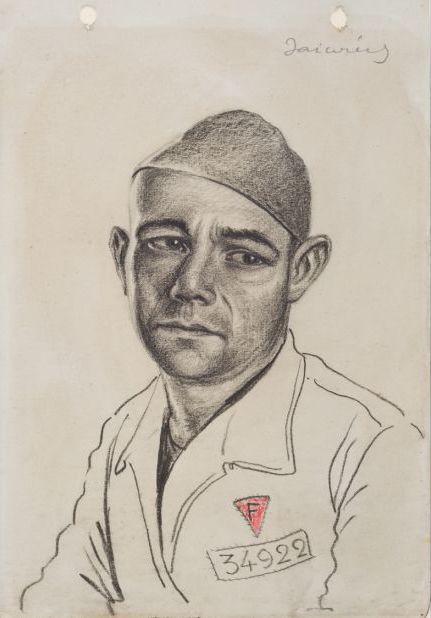
One of Franciszek Jaźwiecki’s portraits of his fellow prisoners at the Auschwitz concentration camp. Courtesy of the Auschwitz-Birkenau State Museum.
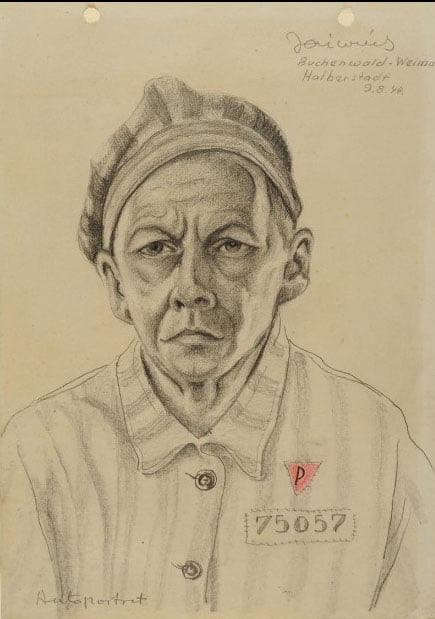
One of Franciszek Jaźwiecki’s portraits of his fellow prisoners at the Auschwitz concentration camp. Courtesy of the Auschwitz-Birkenau State Museum.
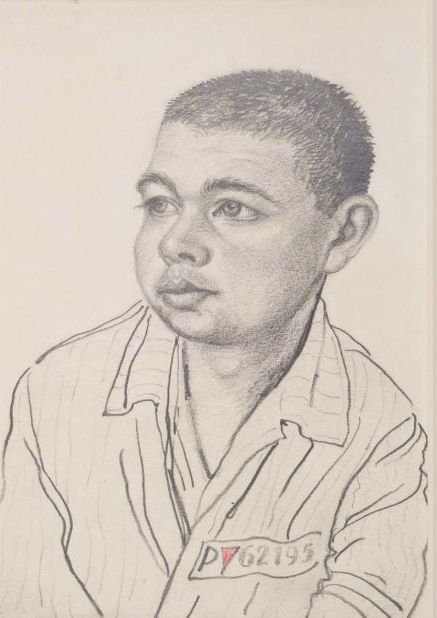
One of Franciszek Jaźwiecki’s portraits of his fellow prisoners at the Auschwitz concentration camp. Courtesy of the Auschwitz-Birkenau State Museum.
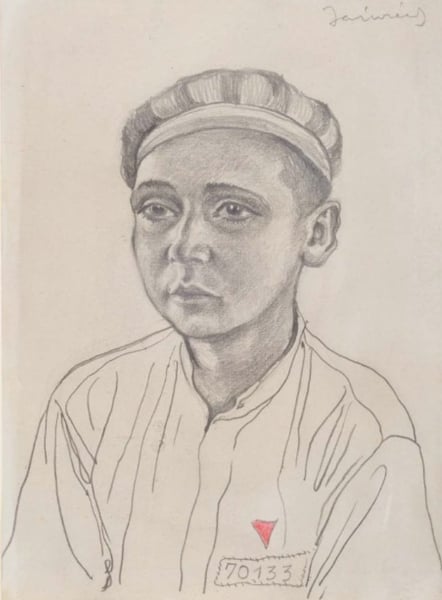
One of Franciszek Jaźwiecki’s portraits of his fellow prisoners at the Auschwitz concentration camp. Courtesy of the Auschwitz-Birkenau State Museum.
Follow Artnet News on Facebook:
Want to stay ahead of the art world? Subscribe to our newsletter to get the breaking news, eye-opening interviews, and incisive critical takes that drive the conversation forward.
